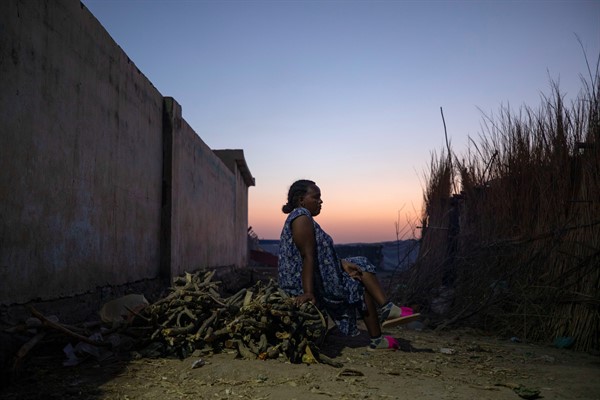Millions of people in Ethiopia’s northern Tigray region are facing starvation. Until now, it’s been a crisis without pictures. Those wrenching images of emaciated children and mothers with dull-eyed gazes, so sadly familiar from famine zones, have yet to emerge. But that’s because journalists aren’t permitted to travel to the worst-hit areas of Tigray, where hunger is deepening by the day. When the media can finally get access, or when starving villagers abandon their homes and flee to towns, the pictures will surely remind viewers of drought victims from Ethiopia’s 1984 famine, which prompted the famous LiveAid benefit concert and a vast outpouring of charity.
Now, though, there is no drought and no harvest failure. Tigrayans are hungry today because starvation is being used as a weapon of war—relentlessly and systematically.
The United Nations estimates that 4.5 million people in Tigray are in need of food assistance—80 percent of the region’s population. The Famine Early Warning Systems Network, a global hunger monitor established in the mid-1980s with funding from the U.S. Agency for International Development, puts Tigray in “emergency” status—one step short of a declaration of famine, with death rates on the rise. Accurate data from the region is hard to come by, but a reasonable guess is that 100 children are dying each day.

